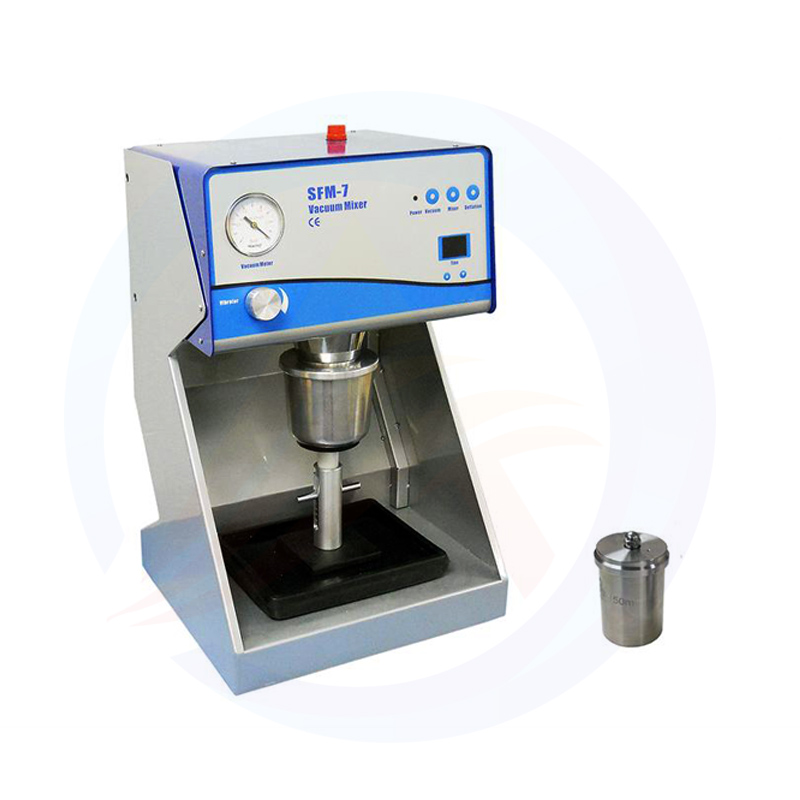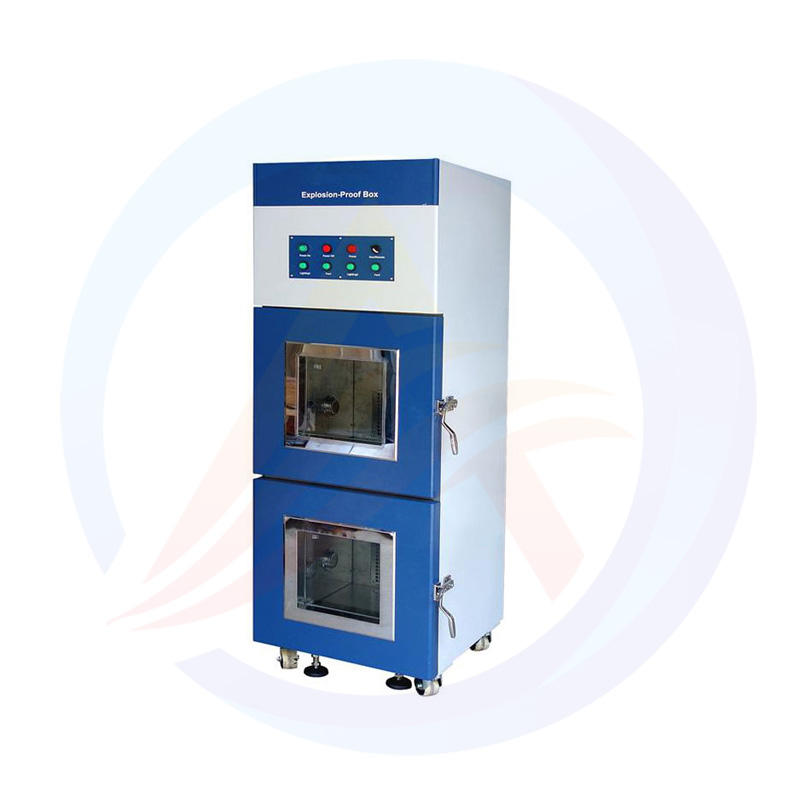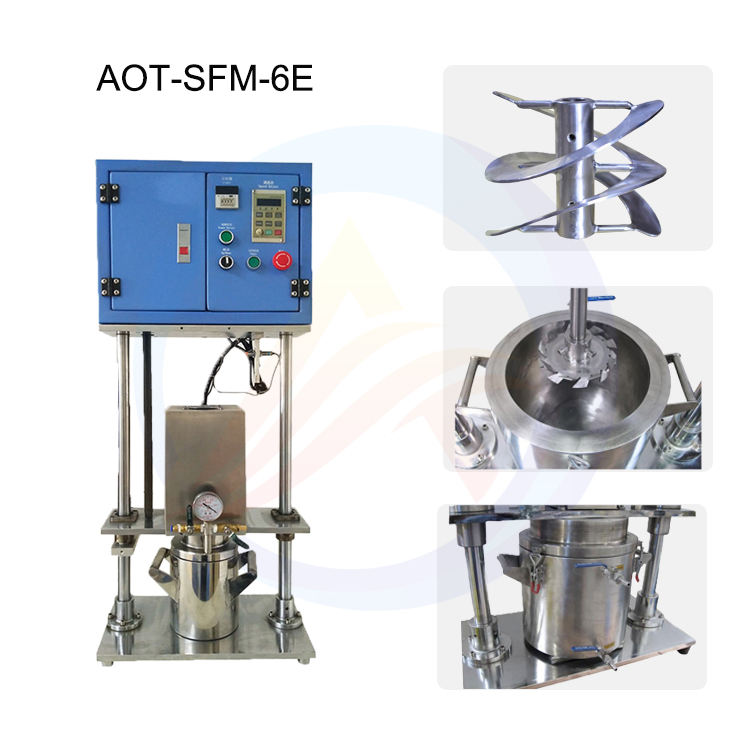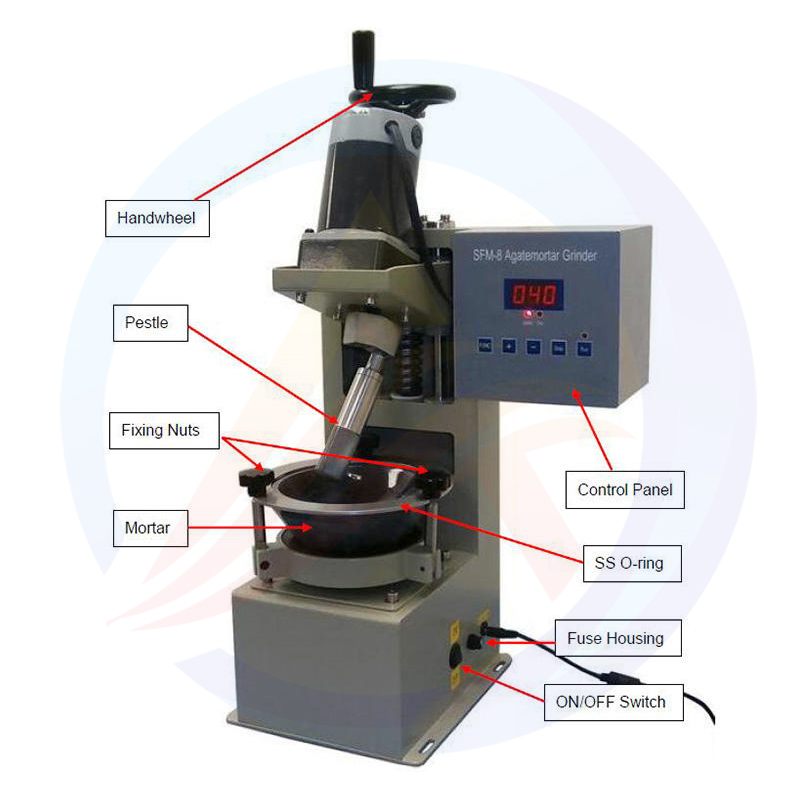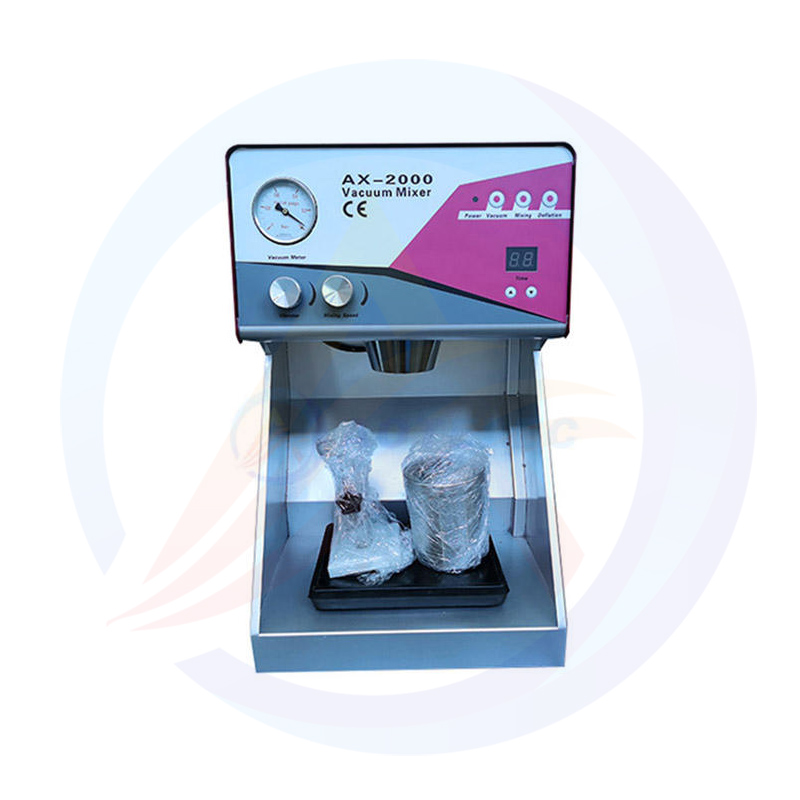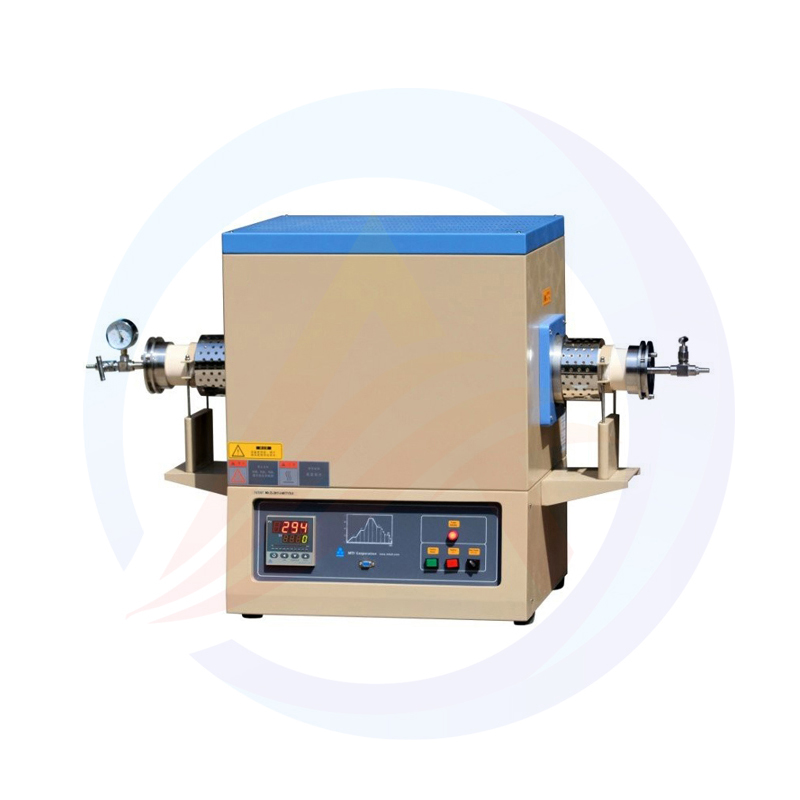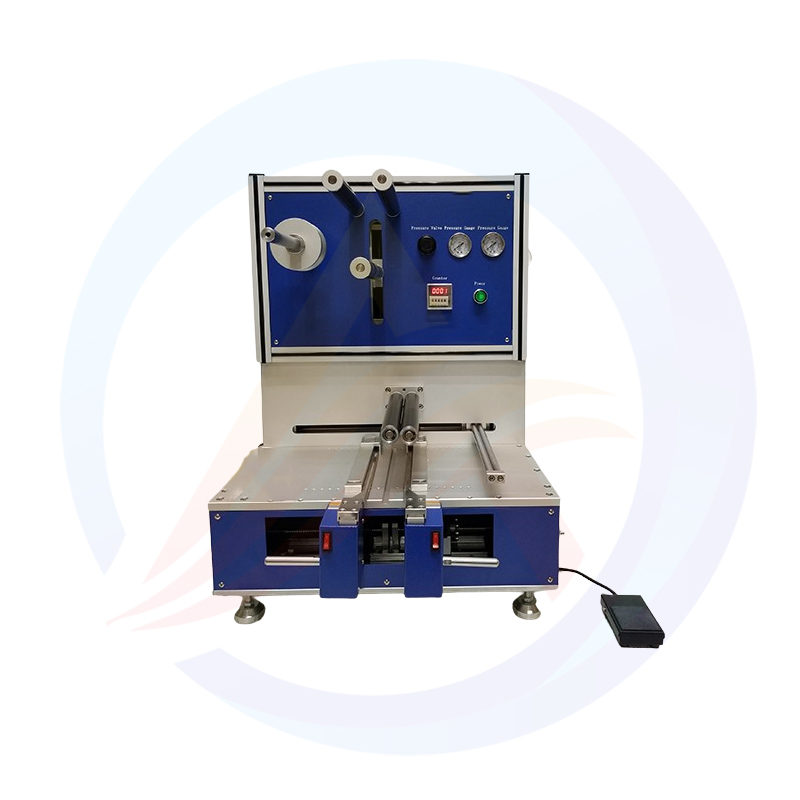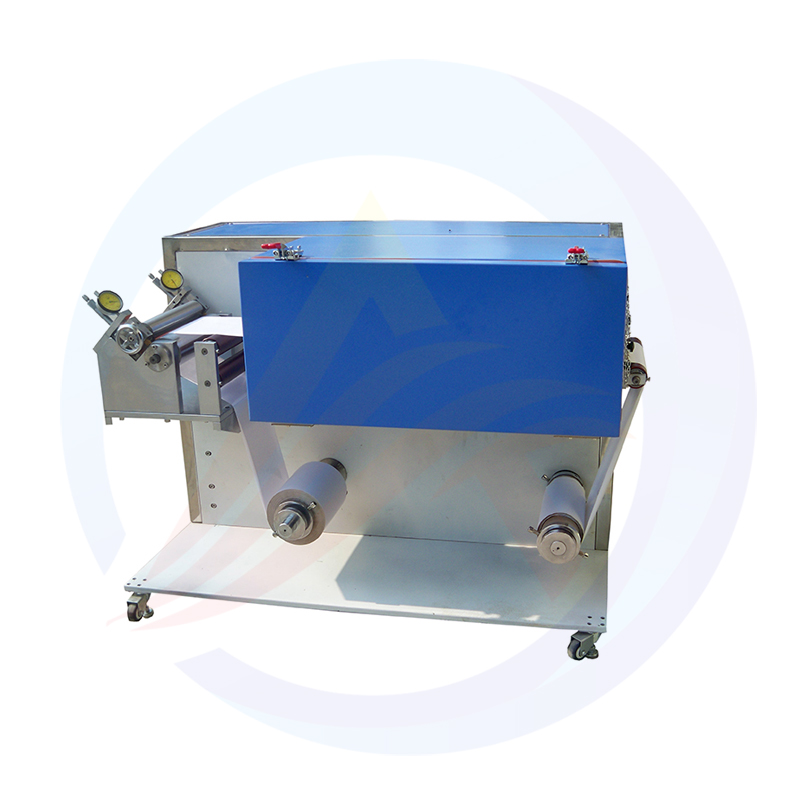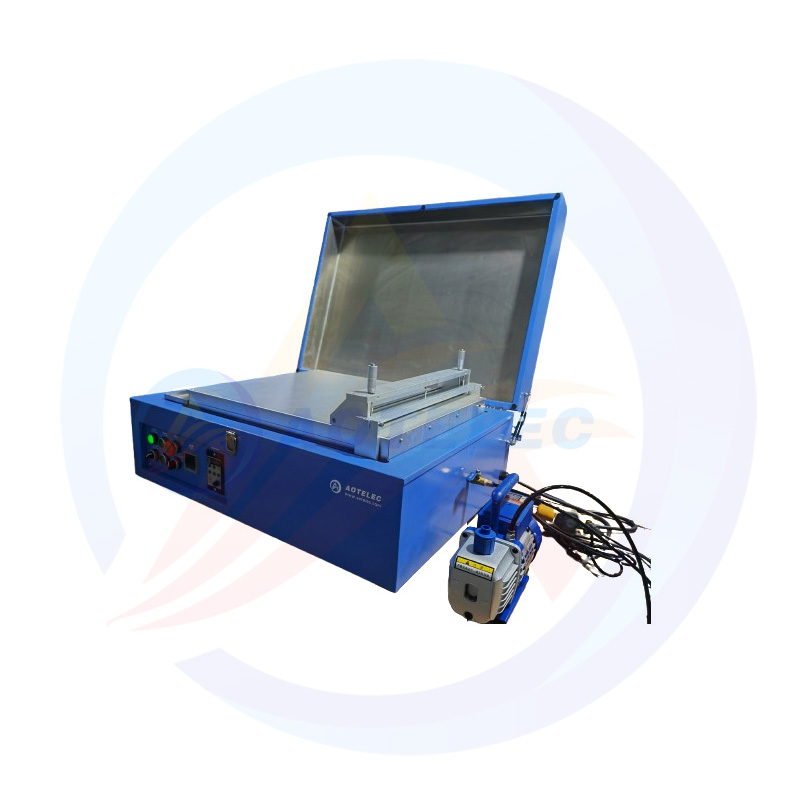Lithium Battery Manufacturing - Downstream Process
The production goal of the latter process is to complete the formation and packaging. As of the middle process, the functional structure of the lithium battery cell has been formed, and the significance of the latter process is to activate it, and after detection, sorting, and assembly, the use of safe and stable lithium battery products is formed.
The main steps of this process include: chemical volume system, laser cleaning, sealing nail welding, cleaning and dimensional measurement. By optimizing these steps, production efficiency and product quality can be improved.
1. Chemical capacitance system
During the first charge of the battery, a protective film is formed on the surface of the anode, called the solid electrolyte mesophase layer (SEI).
This film is formed by placing the cell in a vacuum environment and removing the gas from it.
The presence of the SEI layer prevents adverse reactions between the anode and electrolyte, which is one of the key factors to ensure safe operation, increased capacity and extended life of the battery.
After completing the initial charge, the battery needs to go through several charge and discharge cycles to age, usually taking 2 to 3 weeks. In this process, any battery with a micro short circuit will be eliminated, and the battery that meets the requirements will be capacity sorted and packaged, and eventually become a commodity for sale.
During the formation process, some cells may suffer serious loss of electrolyte. For these cases, secondary injection can be carried out to supplement the electrolyte to ensure the normal operation of the cell.
2. Laser cleaning
This step is mainly used to clean the liquid injection port of the battery to ensure the quality of the sealing nail welding.
In the laser cleaning process, the laser beam is focused to the position of the injection port, and through a high concentration of energy, dirt can be quickly and accurately removed while avoiding damage to the rest of the battery.
This cleaning method is non-contact, so it can avoid the impact of physical contact on the battery structure, and can handle complex shapes and small injection ports. By optimizing the laser cleaning process, the surface purification degree of the liquid injection port can be ensured to meet the requirements, and the quality of sealing nail welding can be guaranteed.
This can improve the sealing performance of the battery, avoid electrolyte leakage, and also help to improve the safety and performance stability of the battery.
3. Seal nail welding
Negative pressure is applied to the battery after the chemical composition is filled with a certain amount of inert gas, and then the sealing sealing welding is carried out by inserting the sealing nail.
Firstly, the residual gas inside the battery is eliminated by chemical composition and negative pressure treatment. An inert gas, such as nitrogen, is then injected to reduce the reaction of oxygen to the materials inside the battery.
Next, through high-temperature welding or laser welding technology, the sealing nail is connected to the battery sealing position, ensuring a reliable connection to the housing and preventing electrolyte leakage.
By optimizing the sealing nail welding process, the sealing performance of the battery is improved to ensure safe operation and long life.
4. Cleanse
Clean the surface of the battery housing to remove impurities, grease and other contaminants from the surface of the housing to ensure that the housing is clean and smooth.
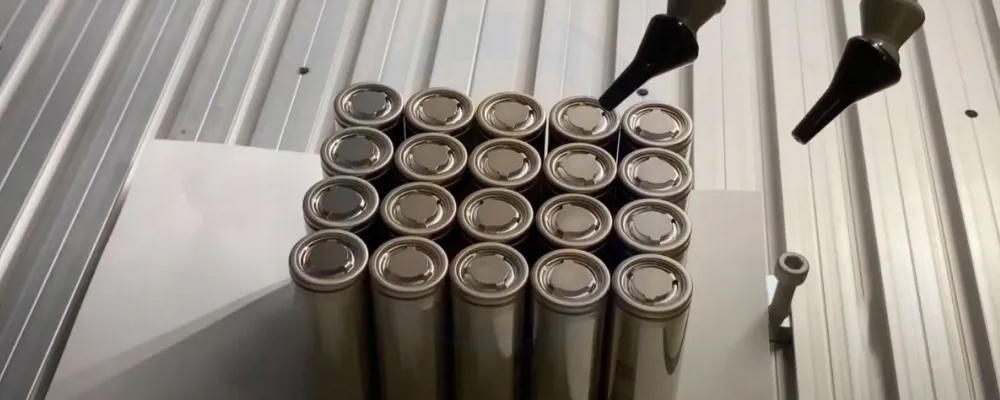
By optimizing the cleaning process, the cleaning efficiency and cleaning quality can be improved. Proper cleaning can remove contaminants from the surface of the housing, reduce the impact of impurities on battery performance, and provide a clean surface that helps the subsequent process proceed smoothly.
Cleaning is an important part of the lithium-ion battery manufacturing process, which can ensure the quality and reliability of the battery housing, and provide protection for the safety and performance of the finished battery.
5. Dimensional measurement
Ensure that the size of the cell is consistent. The dimensional consistency of the cell is essential for the proper operation of the battery assembly and the battery module.
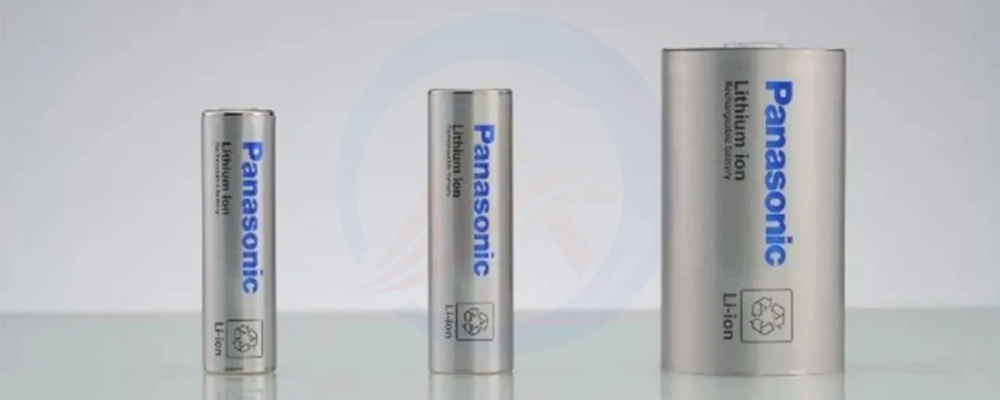
By optimizing the dimensional measurement process, the accuracy and consistency of measurement can be improved. Accurate dimensional measurement helps to ensure that the cell meets the specified dimensional requirements, guaranteeing the interchangeability and consistency of the cell during battery assembly and module assembly.
Size measurement is an important part of the lithium-ion battery manufacturing process, which can help monitor the deviation and change of cell size, and take timely corrective measures to ensure the reliability and performance stability of the battery assembly, while improving the overall quality of the battery.

